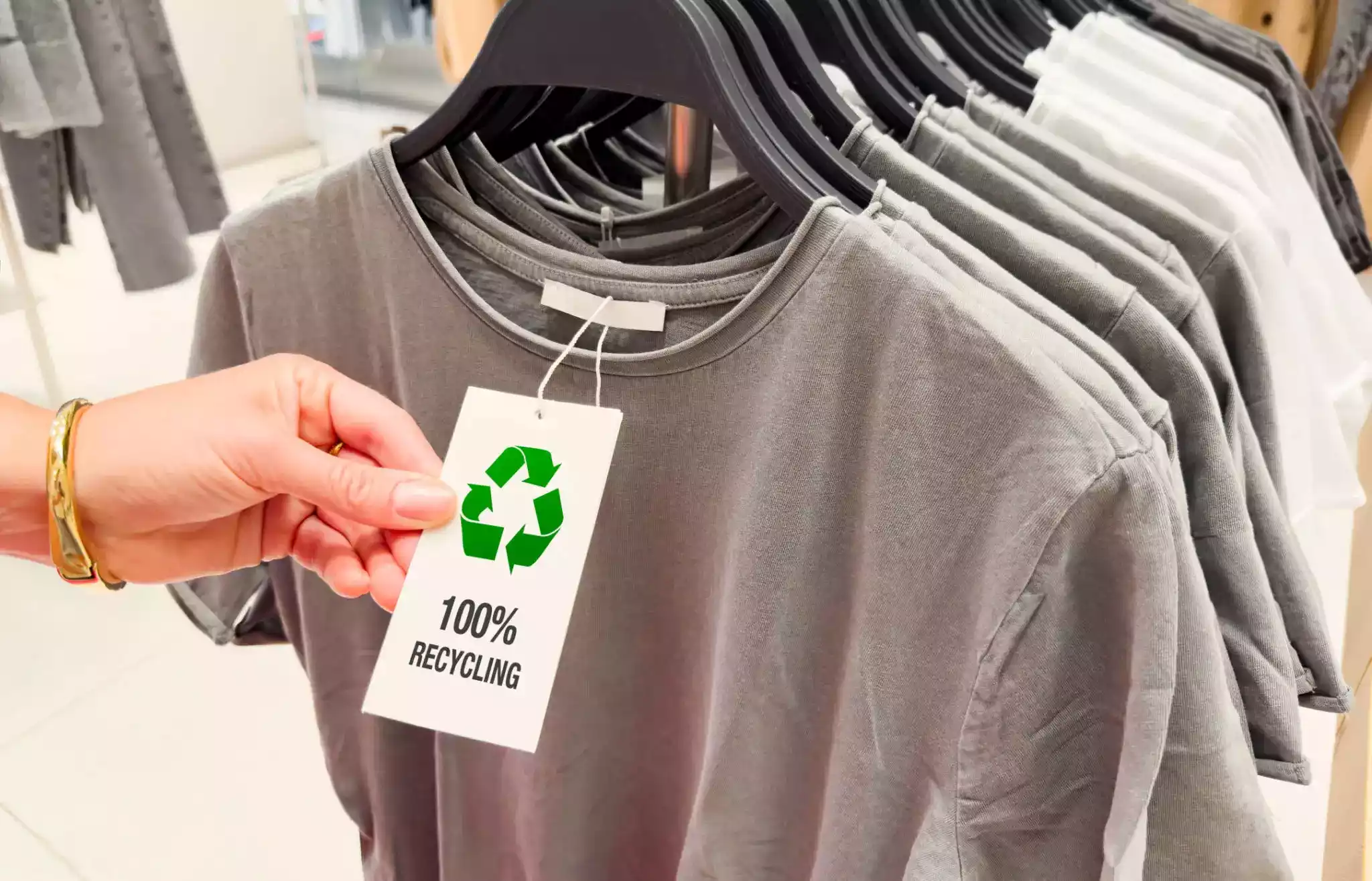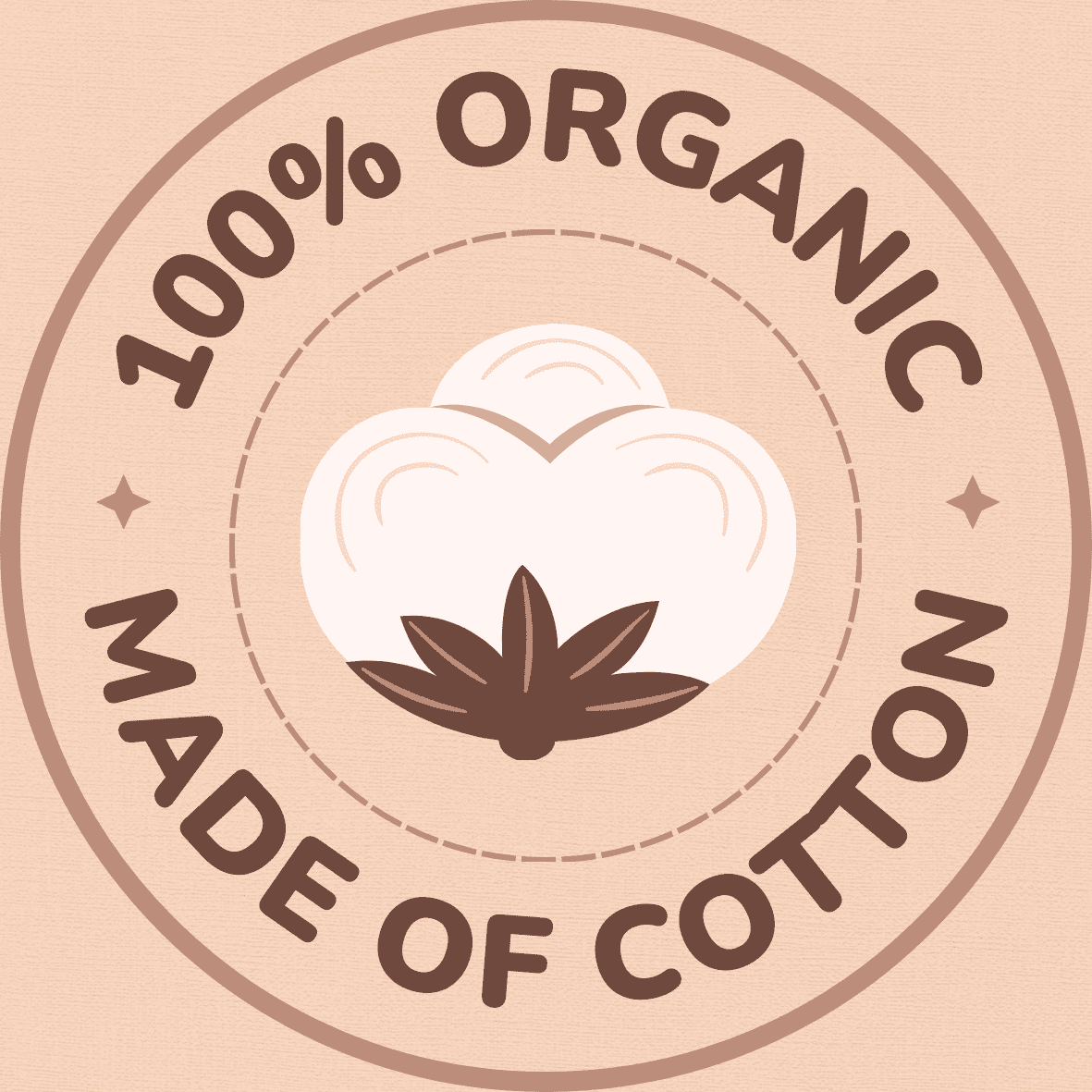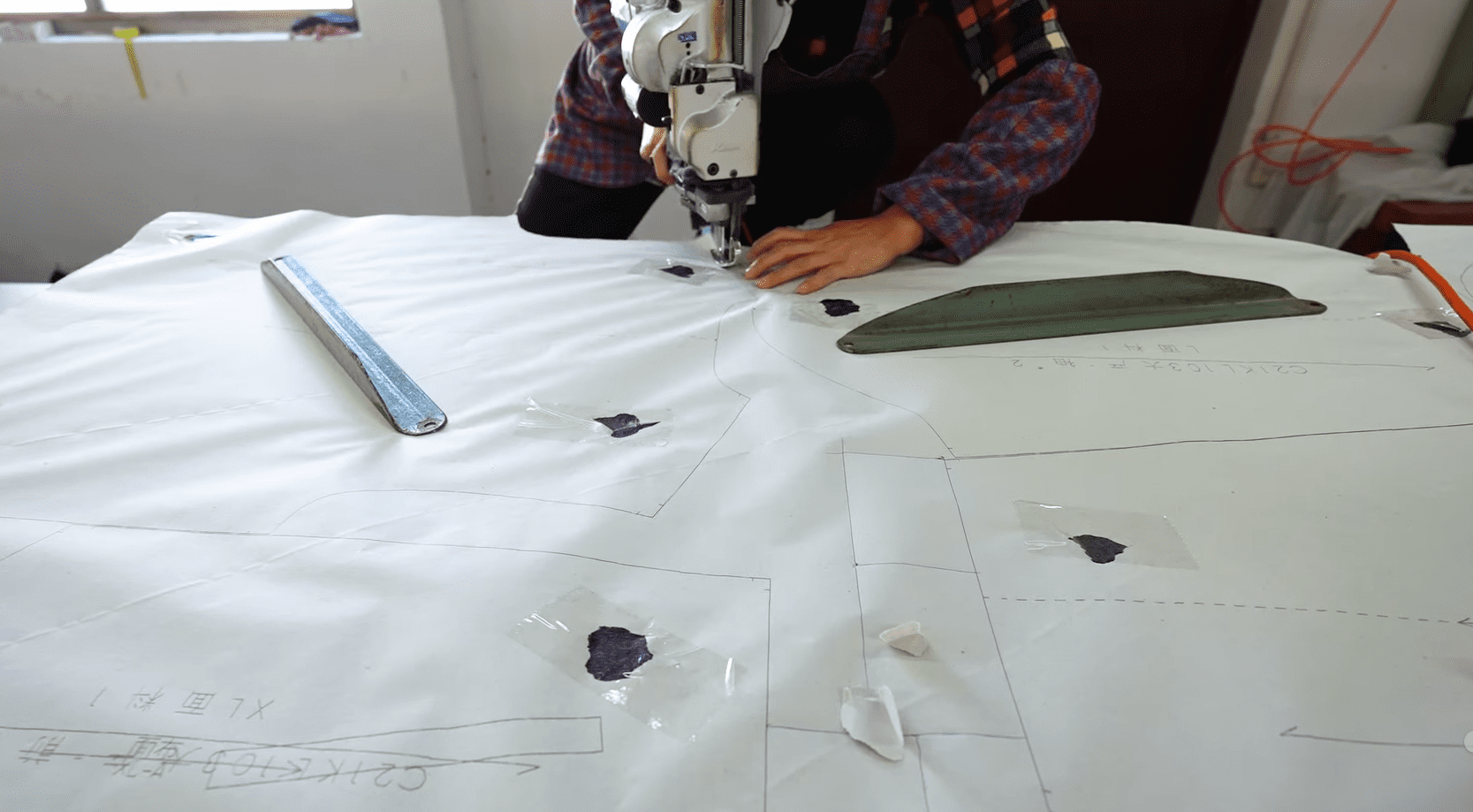Introduction: Creating a successful clothing line involves a comprehensive process that encompasses various stages, from selecting the right fabric materials to final production in clothing factories. In this article, we will delve into the detailed process of clothing production, providing valuable insights into each step involved. By understanding this process, you can optimize your clothing production workflow and ensure high-quality garments that meet market demands.
1. Research and Design:
The clothing production process begins with thorough research and conceptualization. This involves identifying target markets, understanding current fashion trends, and brainstorming innovative design ideas. Researching fabric options and sourcing potential suppliers is crucial at this stage to ensure the availability of suitable materials for your designs.
2. Fabric Selection:
Selecting the right fabric materials is essential for achieving the desired look, feel, and functionality of the garments. Factors such as fabric composition, weight, texture, color, and durability must be considered. Conducting fabric sampling and testing can help assess the quality and suitability of different materials for your specific designs.
3. Pattern Making:
Once the fabric is selected, the next step is pattern making. This involves creating templates or patterns based on the design sketches. Skilled pattern makers use specialized software or create manual patterns to ensure accurate sizing and proportions. The patterns serve as a blueprint for cutting the fabric during the manufacturing process.
4. Sample Making:
After the patterns are finalized, it’s time to create samples of the garments. Sample making involves cutting the fabric according to the patterns and assembling them to create prototypes. These samples are then assessed for fit, style, and overall quality. Iterations and adjustments may be made based on feedback before moving forward to the production stage.
5. Production Planning:
With the finalized sample, production planning comes into play. This includes determining the quantity of garments to be produced, setting production timelines, and coordinating with suppliers and manufacturers. It’s crucial to establish clear communication channels and maintain transparency throughout the process.
6. Manufacturing:
The manufacturing stage involves bulk production of the garments. This typically takes place in clothing factories equipped with specialized machinery and skilled labor. The fabric is cut based on the patterns, and the pieces are sewn together to create the final garments. Quality control measures are implemented at various checkpoints to ensure that the finished products meet the required standards.
7. Finishing and Packaging:
Once the garments are manufactured, they go through a finishing process. This includes removing loose threads, ironing, and adding labels, buttons, zippers, or any other finishing details. The garments are then carefully packaged, ready for distribution or retail.
8. Distribution and Marketing:
The final step involves distributing the garments to retailers or customers. Establishing effective distribution channels and marketing strategies is crucial for reaching the target audience. This may involve partnering with wholesalers, setting up an e-commerce platform, or collaborating with retailers to showcase the products.
Conclusion:
The clothing production process is a multi-faceted journey that requires meticulous planning, attention to detail, and collaboration with various stakeholders. From fabric selection to sample making and manufacturing, each step plays a vital role in delivering high-quality garments to the market. By understanding and optimizing this process, you can create a successful clothing line that meets consumer expectations and stands out in a competitive industry.






